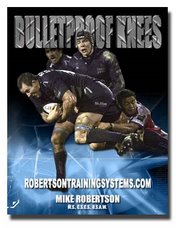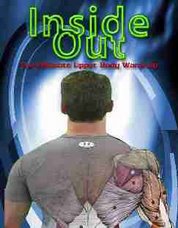I know I used a blog post with this same title in the past, but I think some of the concepts need to be reiterated.
N=1 proves very little. When I say N=1, I'm talking about a sample size of one - this could be you, your cousin Vinny, your sister's boyfriend's aunt, or just about anyone else.
In research, N=1 is a case study. Unfortunately (as we were discussing the other day at I-FAST), a case study can prove damn near anything. And since it's not applied to a larger sample size, the researched modality or method could even be determined to work or not work off the results of the case study alone!
In the real world, the same thing happens. Someone who only coaches one athlete, one client, etc. gets results doing things a certain way and assumes that everyone out there should be doing the same thing. In contrast, when you work with a large number of clients/athletes, all with different backgrounds, goals, injuries, etc., you have a much better perspective on what things work, as well as what doesn't. The goal of programming is always to provide optimal stimulation while attempting to shed away the "fluff."
When applying information to your own training or coaching, do your best to reference the people that are working with (or who have worked with) a wide variety of clients. No two clients are ever the same; two baseball players may have their sport in common, but everything else could be totally different. You should strive to apply the basic biomechanical principles, while simultaneously accounting for their individual tendencies. Doing so will give you the best chance for success, regardless of who it is you're working with.
Stay strong
MR
High Octane Corrective Exercise and Performance Enhancement | www.RobertsonTrainingSystems.com
Friday, October 31, 2008
Subscribe to:
Post Comments (Atom)









No comments:
Post a Comment